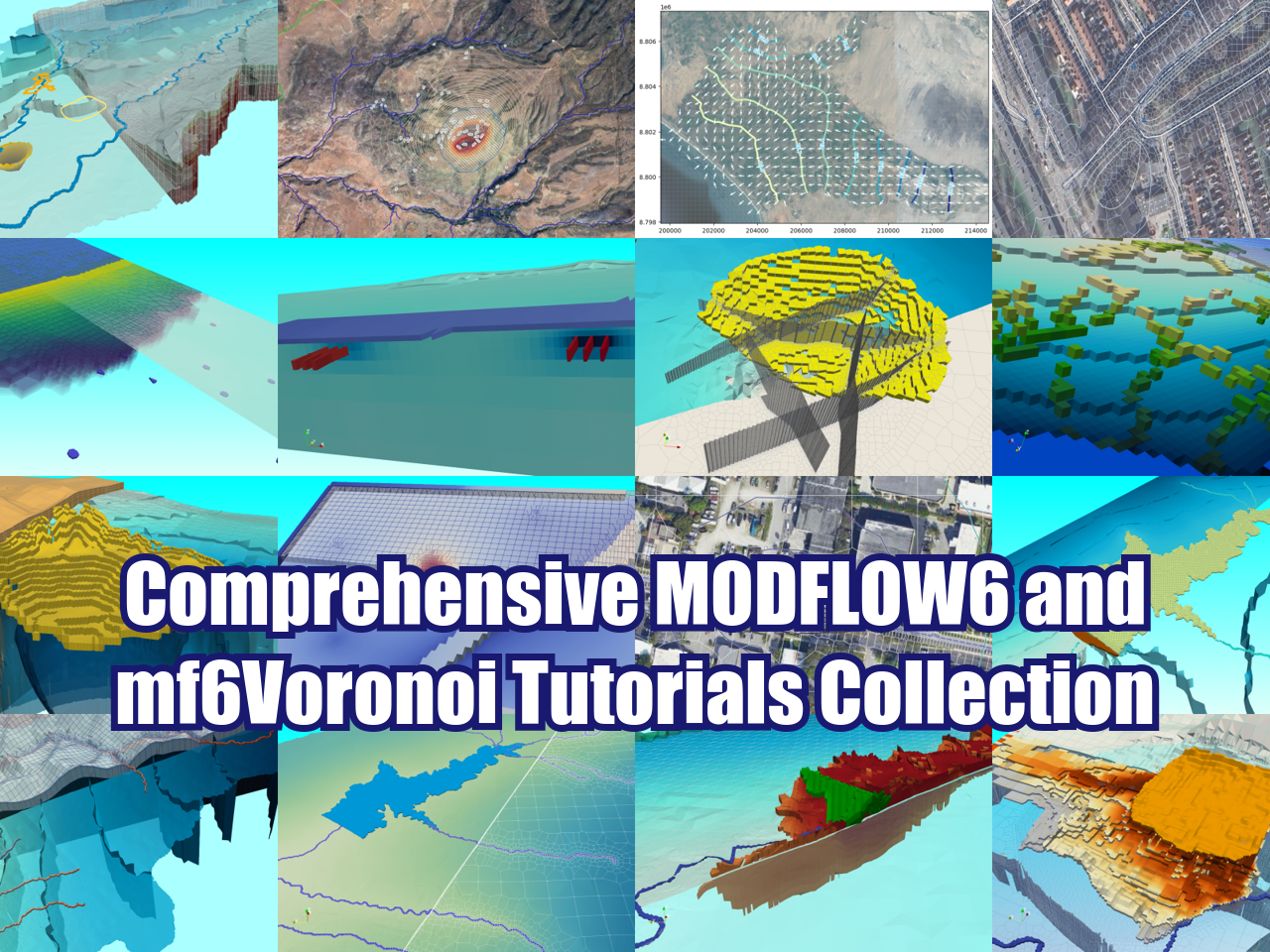Which is the most critical hydrogeological data needed for a numerical model?
/From a conversation with a specialist in soil subsidence we came to the conclusion about which was the most critical hydrogeological data needed for a numerical model. There is a proposed list of required data on this link, but when we plan a hydrogeological study which is critical?
It is possible that this approach would be seen as “not scientific” or informal, and a rigid hydrogeologist could object that results from studies with scarce data or low quality of data are useless, but the reality is that data about the groundwater flow regime and the hydrogeological environment is always scarce. And there are even more complications on the data gathering because these data depend on a number of institutions and shareholders that could not be willing to share it because there is a mainstream idea that "information is power" while in fact "knowledge is power", information is just numbers with a potential use.
Spatial and temporal data can be even in paper format with the risk of an existence of a newer / data version not available because is “under reviewing”.
On this blog we have always look forward the sustainable management of water resources and especially groundwater. The concept of sustainability is not only based on good evaluations from the underground flow regime and aquifer storage, but also on progressive regulations, critical decision making, population awareness campaigns, capacity building, web frameworks, civil society participation and other factors. Hydrogeological studies need to be made with their corresponding numerical models, but those studies need to be updated progressively with the upcoming data and stakeholder participation. The quality of an evaluation depends partially on the quality of the consultant / professional, but also depend on data quality; some institutions tend to “solve” conflicts with the realization of a hydrogeological evaluation with the participation of well known professionals, but this study is impractical if the data was limited and if the study is not updated every 3 or 5 years. The sole realization of only one hydrogeological evaluation is kind of nonsense, it's like trying to combat cancer and plan the whole chemotherapy with only the first diagnosis.
About hydrogeological studies
Hydrogeological studies are needed,
Hydrogeological studies depend on numerical modeling,
Hydrogeological studies are limited at the beginning,
Hydrogeological studies can and need to be updated,
Hydrogeological studies are time, capacities and resources expensive,
Hydrogeological studies must be public and online available,
Hydrogeological studies need to be understood by the population,
Regulation and management plans have to be done from the hydrogeological studies,
Regulation and management plans need to be updated
Obtainable or accessible data
Even though the data is scarce, there are options to get the data with a certain degree of acceptance on a regional scale:
Digital Elevation Model (DEM): Can be obtained from Aster Dems or Alos Palsar images
Recharge: Can be inferred as a percentage from precipitation
Water network: Is calculated from the DEM with tools of SAGA GIS / QGIS
Geology: Alluvial aquifers and outcrops can be extracted from a satellite image
Potential evapotranspiration: Calculated from the FAO Penman-Monteith equation
Wetlands: Can be delineated from an NDVI image on the dry season
Key data for a numerical model
Although the previous data could be obtained from a remote sensing or online repositories, the following data is almost unreproducible and has to be taken on the field
Well / Piezometer location
Well / Piezometer installation details
Piezometric water levels
Pumping rates
Baseflows (if applicable)
If a groundwater quality evaluation is performed, chemistry data have to be added to the list.
Conclusion
We hope we have given a practical and pragmatic overview of the key data needed for a hydrogeological evaluation as a tool of sustainable water management. There is a lot we can do for the preservation of our groundwater resources, however critical steps are only being made when the aquifers reach a critical situation; this failure can be avoided.


























